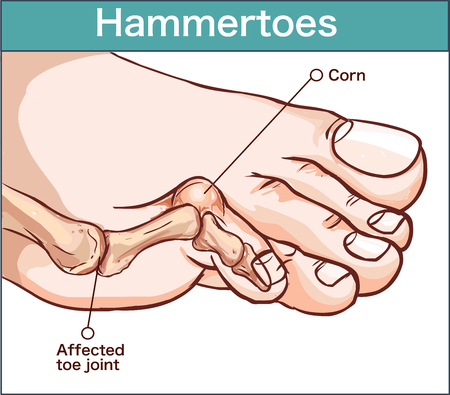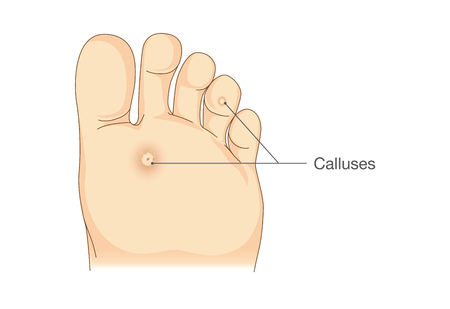Common Toe Deformities
If you have toe deformities, chances are, your parents or their parents had them too. Many foot issues are inherited, and that includes digital deformities like bunions, hammertoes, mallet toes, claw toes, as well as overlapping and underlapping toes.
So, should you be worried about passing toe deformities on to your children?
While there’s a good chance that you might pass on your toe problems through your genes, the good news is that there are ways to treat them.
- Bunion – A bunion is characterized by a bony growth from the side of the big toe joint, which, in turn, causes the big toe to point toward the other smaller toes. The bony spur can also develop on the outside of the pinky toe.
- Claw Toe – When you’ve got nerve damage in your toes, it can cause the joints in your toes to become weak. The joint at the base of the toe bends upward, while the rest of the toe slumps downward. It makes the toes look like it’s clawing the ground.
- Hammertoes – When the middle toe joint bends upward, making the toe’s shape look like an upside-down “V” that is called a hammertoe. It occurs because there is an imbalance in the muscles, tendons, or the ligaments of the feet.
- Mallet Toes – An additional deformity due to an imbalance of the muscles, tendons, or the ligaments of the feet is characterized by the toe joint closest to the toenail bending upward called mallet toes.
- Overlapping or underlapping toes – In some cases, the conditions exist from birth. The smaller toes are usually the ones affected. The muscles, tendons, ligaments, or bones are misaligned.
In most cases, these toe deformities are treatable, especially when detected early. Some treatment options include:
- Toe Exercises – For some mild cases of toe deformity issues, strengthening the soft tissues around toes can help the toes regain their form.
- Taping – In the cases where the soft tissues just need a little help, taping the toes can help straighten them out.
- Splinting – If the toes are in bad form, they may be interfering with certain activities. Splinting them can help them become stronger while keeping them in good shape.
- Surgery – When non-invasive remedies don’t work, and the toe deformities are severe, it may be necessary to set the bones and/or loosen the tendons or ligaments that might be causing the toe deformity.
So if you’ve got toe deformities, don’t fret! Come see our board-certified podiatrist, Dr. Brandon Macy at Clark Podiatry Center. He can assess your feet, and find the best treatment for your toe problems. Make an appointment at our Clark, NJ office so we can keep you walking.







